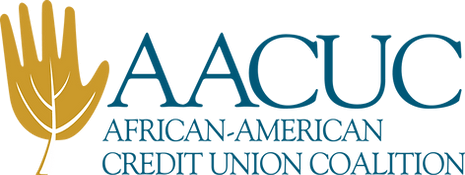Building Wealth in Low and Moderate Income Communities

Building Wealth in Low and Moderate Income Communities

A Path to Financial Independence
Building wealth in low-moderate income communities, particularly in communities of color, requires a multifaceted approach centered on financial education, long-term investing strategies, and smart debt management. These components are vital for empowering individuals and fostering a culture of financial independence.
To break the cycles of poverty and economic disparity, we must focus on providing the tools, knowledge, and resources necessary for individuals to take control of their financial futures.
Financial education: the foundation of wealth building
Financial education is the cornerstone of wealth building. In many low-moderate income communities, financial literacy is often lacking, which hinders individuals from making informed decisions about their money. This lack of knowledge can lead to a cycle of poor financial choices, such as taking on high-interest debt, failing to save, and not investing for the future.
To address this, we must prioritize financial education from an early age. Schools, community organizations, and financial institutions should collaborate to provide accessible and relevant financial education. This education should cover the basics of budgeting, saving, and understanding credit, as well as more advanced topics like investing, retirement planning, and wealth preservation.
In communities of color, financial education must also address historical and systemic barriers that have contributed to economic disparities. By acknowledging and addressing these challenges, we can empower individuals to overcome them and build a more secure financial future.
Long-term investing strategies: building assets over time
Investing is one of the most powerful tools for building wealth, yet it is often underutilized in low-moderate income communities. Many individuals in these communities may be unfamiliar with or intimidated by the stock market, and they may not have access to financial advisors who can guide them. Additionally, a focus on short-term financial needs often takes precedence over long-term wealth building.
To change this, we must promote long-term investing strategies as a key component of financial planning. This includes educating individuals about the power of compound interest, the importance of diversification, and the benefits of starting to invest early, even with small amounts of money.
Investment vehicles such as Individual Retirement Accounts (IRAs), employer-sponsored 401(k) plans, and low-cost index funds should be highlighted as accessible and effective ways to grow wealth over time. For communities of color, where trust in financial institutions may be low due to historical exploitation, it is crucial to build relationships with trusted financial educators and advisors who can demystify the investment process and provide culturally relevant guidance.
Smart debt management: reducing financial burdens
Debt is a significant barrier to wealth building in low-moderate income communities. High-interest credit cards, payday loans, and other forms of predatory lending disproportionately affect these communities, trapping individuals in cycles of debt that are difficult to escape. Managing debt effectively is therefore crucial for achieving financial independence.
Smart debt management begins with education on the dangers of high-interest debt and the importance of maintaining a healthy credit score. Individuals should be encouraged to prioritize paying off high-interest debt and to avoid taking on unnecessary loans. Additionally, there should be a focus on building emergency savings to reduce reliance on credit in times of financial need.
For those already struggling with debt, access to credit counseling services and debt management programs can provide a pathway to financial recovery. These services can help individuals consolidate debt, negotiate with creditors, and create a realistic plan for becoming debt-free.
Creating a culture of financial independence
Beyond individual strategies, there is a need to create a culture of financial independence in low-moderate-income communities. This culture shift involves changing mindsets around money, encouraging community-based financial planning, and promoting asset-building strategies such as homeownership and entrepreneurship.
In communities of color, this means addressing the wealth gap and working to dismantle systemic barriers to economic opportunity. It also means celebrating financial success stories and creating role models who can inspire others to take control of their financial futures.
Financial independence should be seen as a collective goal, with community members supporting one another in their financial journeys. By fostering a sense of shared responsibility and mutual aid, we can build stronger, more resilient communities where everyone has the opportunity to achieve financial security.
Start today to build for tomorrow
Wealth building in low-moderate income communities is not just about individual financial success; it is about creating a sustainable, equitable economic foundation for future generations.
Through financial education, long-term investing strategies, and smart debt management, we can empower individuals to break free from the cycles of poverty and build a culture of financial independence.
In communities of color, this work is especially crucial, as it addresses the historical and systemic barriers that have long hindered economic progress. By prioritizing financial planning and asset building, we can create a brighter, more equitable future for all.
Original article available here.
Additional Info
Related Links : https://cusomag.com/2024/10/16/building-wealth-in-low-and-moderate-income-communities/
Source : CUSO MAGAZINE
